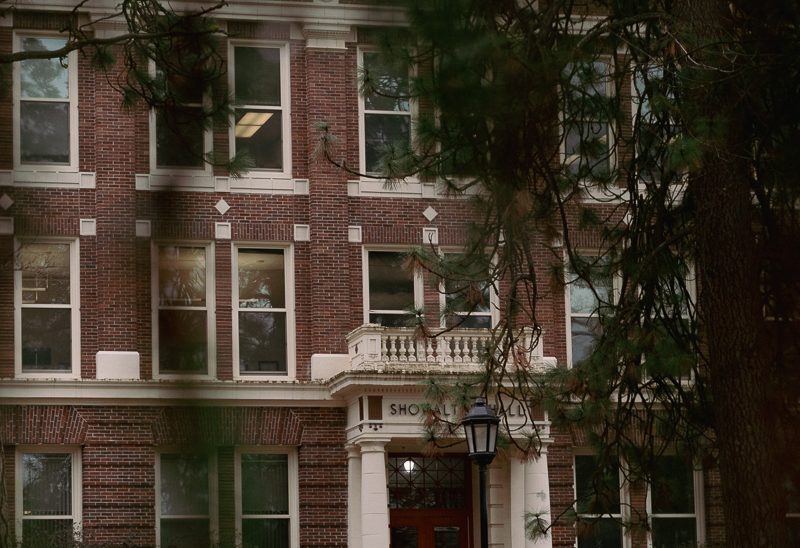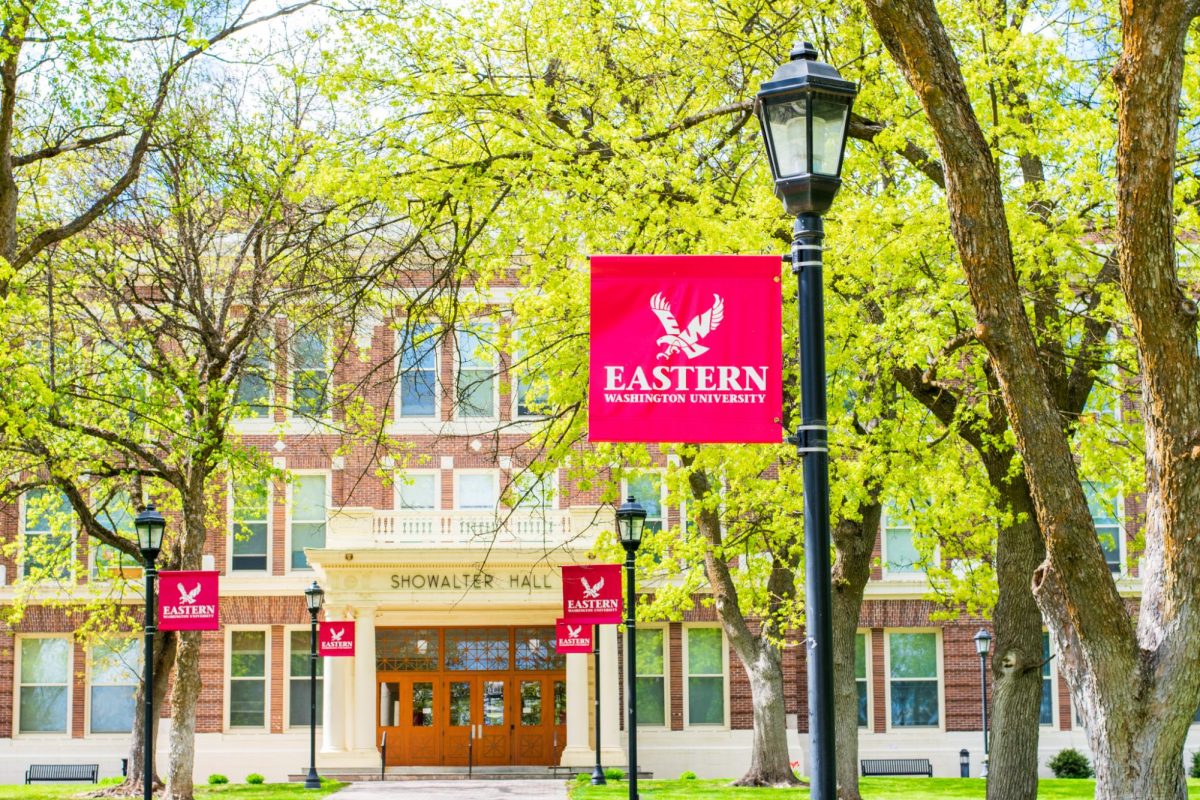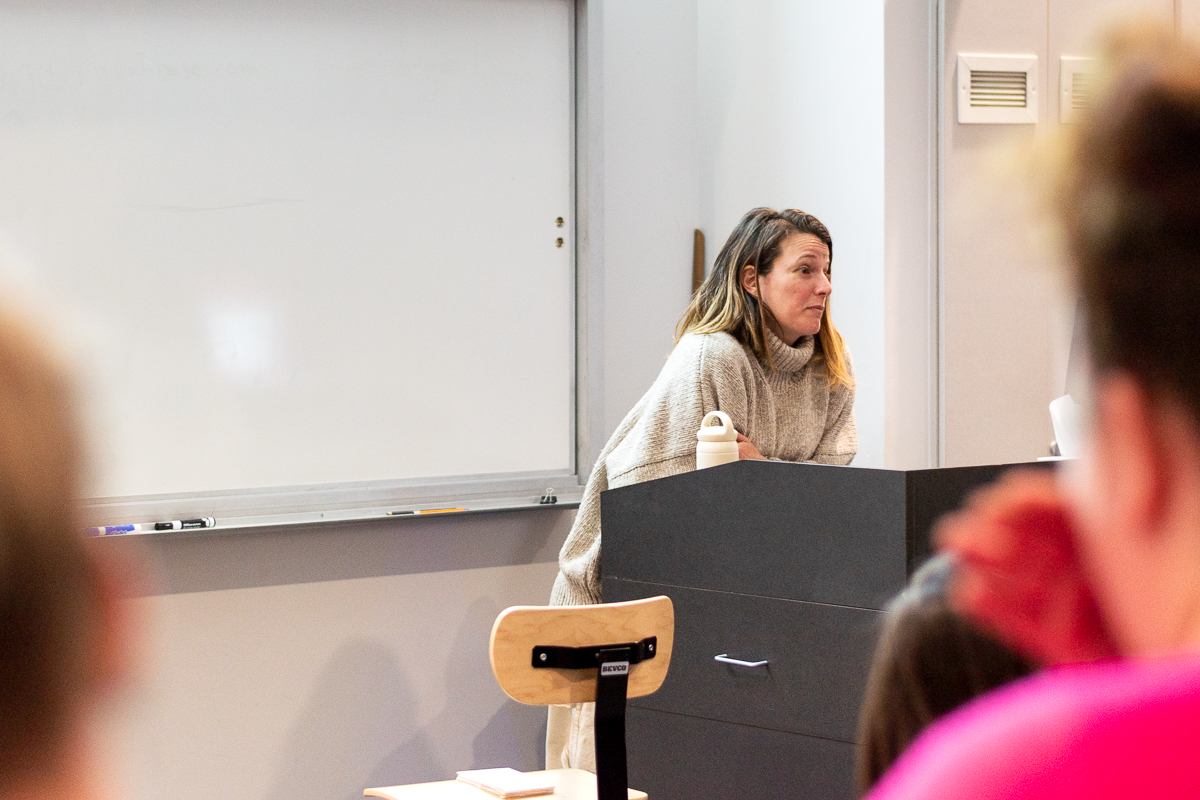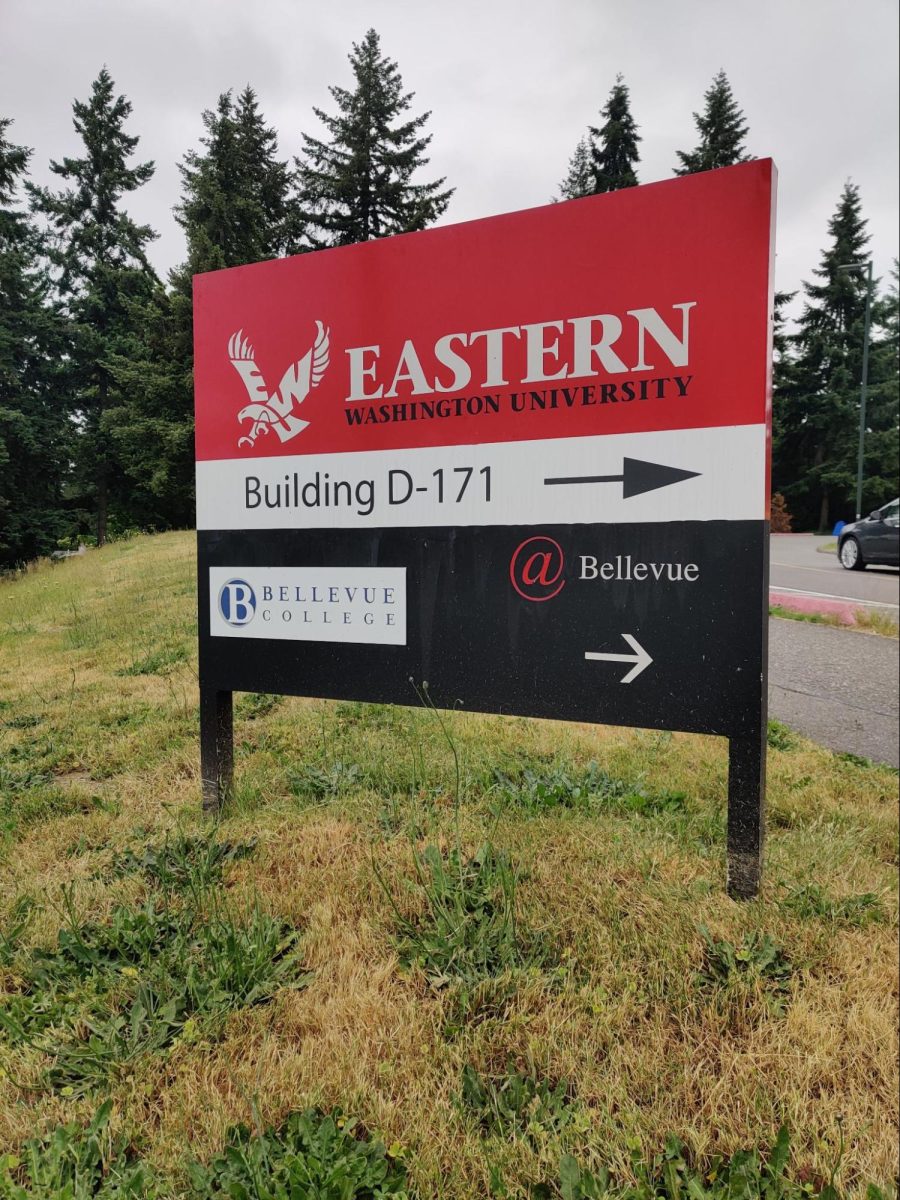The staff in Eastern’s eLearning department have been keeping busy over the past few months. This quarter they launched Canvas for some select courses and have been working on a few other technological projects they think students and faculty will appreciate.
“We’re looking at where is technology going to help teaching and learning, and also lots of times to make things cost less and to help student success,” said Dr. Dave Dean, director of academic systems.
One project the department is working on is phasing out the current audience response systems at Eastern. Some classes require students to purchase classroom response devices to participate in discussions, quizzes and other classroom activities. There is no universal clicker used on campus, so students may find themselves purchasing more than one. Priced from $50 to $100, these costs add up quickly.
Dean said he has heard of students taking three different courses that require three different clickers.
“I think if the university could spend a little bit to create an infrastructure, then it saves every student $50 or $100, and that’s $100,000 if we save them each $50. It’s a lot less than $100,000 to put a system like this in,” Dean said.
Universities across the country are using a “bring your own device” system that Dean says Eastern is interested in implementing.
“We’d like to shift toward a [bring your own device] model so that the clicker expenditure is eliminated for most, if not all, EWU students,” he said.
Some programs allow students to use a smart phone, tablet or netbook to enter their responses. Hotseat, which is used at Purdue University, allows students to respond via their Facebook or Twitter accounts and by text message.
The department has researched different vendors in an effort to find the best fit for Eastern.
“They’ve all made their case, and so we’re kind of working through that part right now,” said Jeff Healy, manager of eLearning. “We’re still open and still trying to find the best solution. They’ve all got some neat, unique components to them. We’re just trying to find out which one is going to be the best.”
Switching to a bring your own device model would also enable virtual students to respond and participate.
“The board of trustees a year and a half ago launched the virtual campus initiative,” Dean said. “They put some funds towards that, so that’s one of the projects where we’re working from the technology side. If we can spend a dollar that doesn’t require you to be in a classroom on the Cheney campus – you can actually be in Spokane at Starbucks and still respond – then that supports a traditional student, but it also supports a virtual student. … Something that’s global would be really preferred. It will help students physically on campus and also those that are not physically on campus.”
Junior Haley Romney said she thought the new system would be beneficial for those who already have the necessary devices. “It would be unfortunate for students who aren’t equipped with proper devices,” Romney said. “Most students probably have a laptop or a smart phone, but I feel like they would need to provide an alternative. I think it’s headed in the right direction, though, by trying to use the technology that is available and trying to reduce the need for extra expenses.”
The department is also busy working on implementing a media management system similar to Youtube, where students and faculty can store and share media-based files.
“Over the past several years and likely more so in the upcoming years, students’ homework is increasingly including media-rich projects in addition to more traditional deliverables such as documents, worksheets and slide decks,” Dean said. “Instructors’ lessons are also increasingly media rich – videos, lecture recordings, animation.”
As a result, the department has been testing services to find one that best fulfills student and faculty needs.
“There are literally hundreds of ways to present a media file and that kind of thing,” Healy said. “Not all of them are equal, that’s really the bottom line. Some of them are going to be really clunky. One person uses it, it’s fine. More than one use it, and it’s not fine. It’s really an optimization thing. So whatever system is better optimized and gives the user a better experience, that’s what we’re after.”
The EWU provided management system will give users the option to store their files as private or public, depending on their preference.
“If instructors have recordings of copyrighted or licensed materials, they can store those files in the [media management system] and share them only with students in their class,” Dean said.
The first pilot test was unsuccessful, but the current system the department is testing looks more promising.
“It’s different. It has its strengths, and it has its weaknesses. I don’t know if it is the one we’ll stay with either. But we do like it,” Healy said. “There are certain usability characteristics about this one that were a lot better than the first one. The first one was difficult for people to figure out how to fully implement, so we knew fairly early it wasn’t going to be quite right. This one’s a lot easier, more intuitive for someone to go upload [a] file, either as a student or a teacher, and have it be successful.”
The system can also serve as a portfolio for students.
“As students aggregate media files throughout their course of study, the [media management system] becomes part of a portfolio of their achievements and efforts that via a [media management system] ‘ticket’ they can share with prospective employers if they so choose,” Dean said.
Faculty have also been participating in the pilot tests to gauge usability.
“All of these are not just something that we’re saying doesn’t seem to work quite right,” Healy said. “We’re wanting feedback and to really know how people are using it, and that’s why it’s in semi-production mode so that people can actually use it. These kinds of systems tend to be expensive, and so that’s why we’re being fairly cautious about our move on that.”
Similarly to how the university fit Canvas into its budget, the department is looking to collaborate with other four-year universities in the state to reduce the cost of a system like this.
“If we just walk up, we’re going to pay basically sticker price for these. But if we can do a consortion of some sort, we can [pay less.] If we could partner with [University of Washington] or the four-years within the state or something like that, it would be a lot better kind of deal.”
Both projects are still in research phase, but Dean is confident they will both be achieved.
“We partner with the faculty and with their students in order to get the best fit. So it’s like: we like how this looks from the technology side and the integration side with other systems … instructors like it, and students are finding it intuitive. So then we go ‘OK, let’s pull the trigger on it.’”





![Simmons said the biggest reasons for her success this year were “God, hard work, and trusting [her] coach and what she has planned.”](https://theeasterner.org/wp-content/uploads/2024/05/image1-1-1200x800.jpg)













